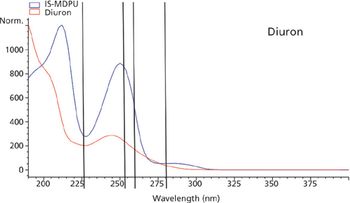Articles by Karyn M. Usher

Internal standard methods are used to improve the precision and accuracy of results where volume errors are difficult to predict and control. A systematic approach has been used to compare internal and external standard methods in high performance liquid chromatography (HPLC). The precision was determined at several different injection volumes for HPLC and ultrahigh‑pressure liquid chromatography (UHPLC), with two analyte and internal standard combinations. Precision using three methods of adding the internal standard to the analyte before final dilution was examined. The internal standard method outperformed external standard methods in all instances.

Internal standard methods are used to improve the precision and accuracy of results where volume errors are difficult to predict and control.

The parameters that should be considered in the optimization of HPLC methods are explained and then illustrated through the analysis of two commercial agricultural products.

The parameters that should be considered in the optimization of HPLC methods are explained and then illustrated through the analysis of two commercial agricultural products.

In the 1960s, high performance liquid chromatography (HPLC) was in its infancy and Phyllis Brown was a pioneer at the forefront of the technique.

The authors set out to perform a separation of seven water-soluble vitamins without the use of ion-pair reagents.












